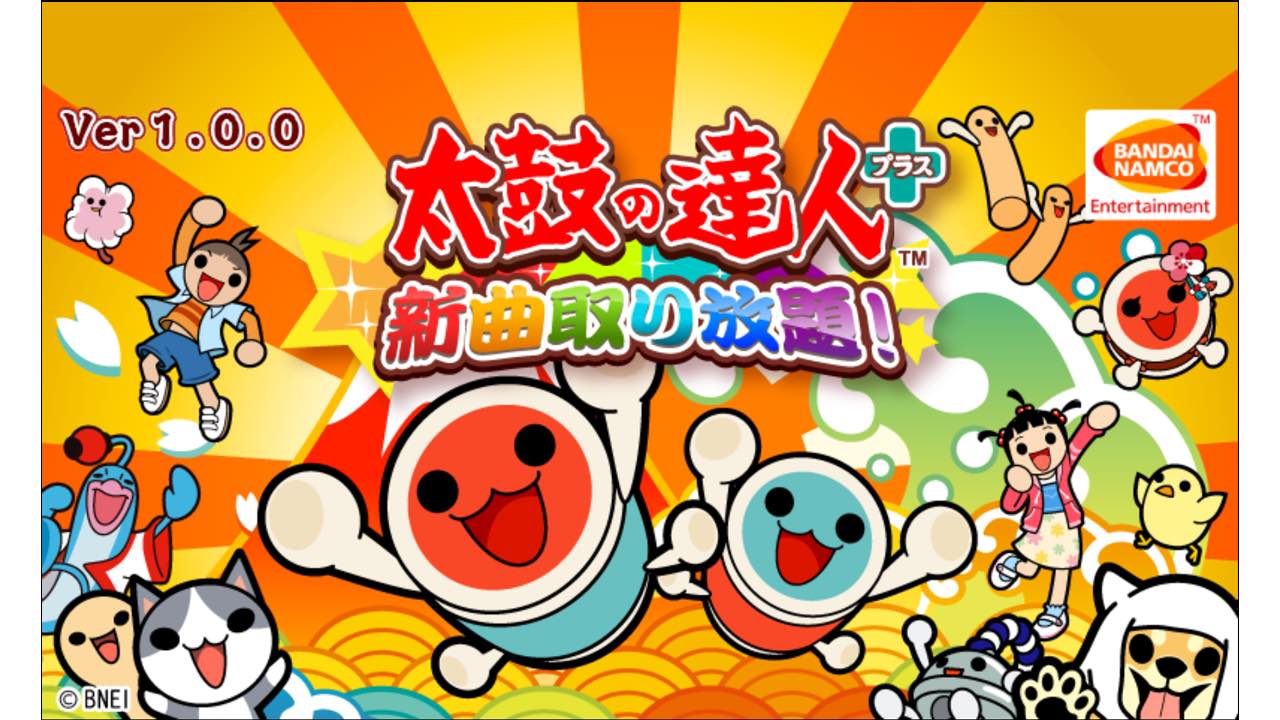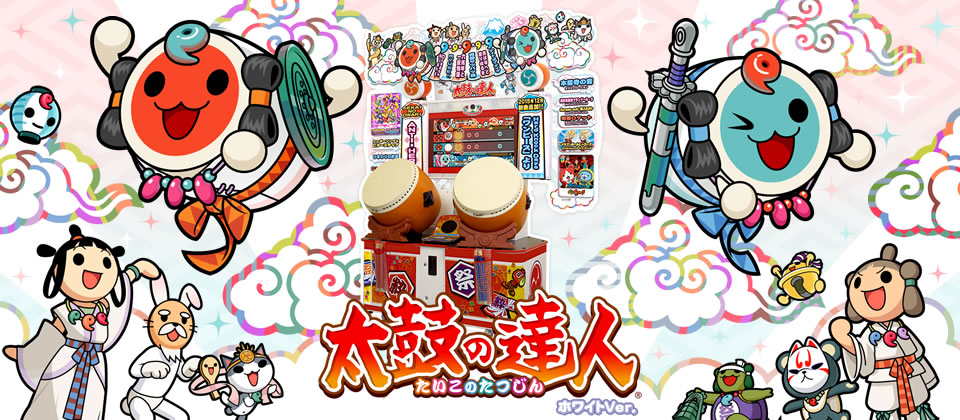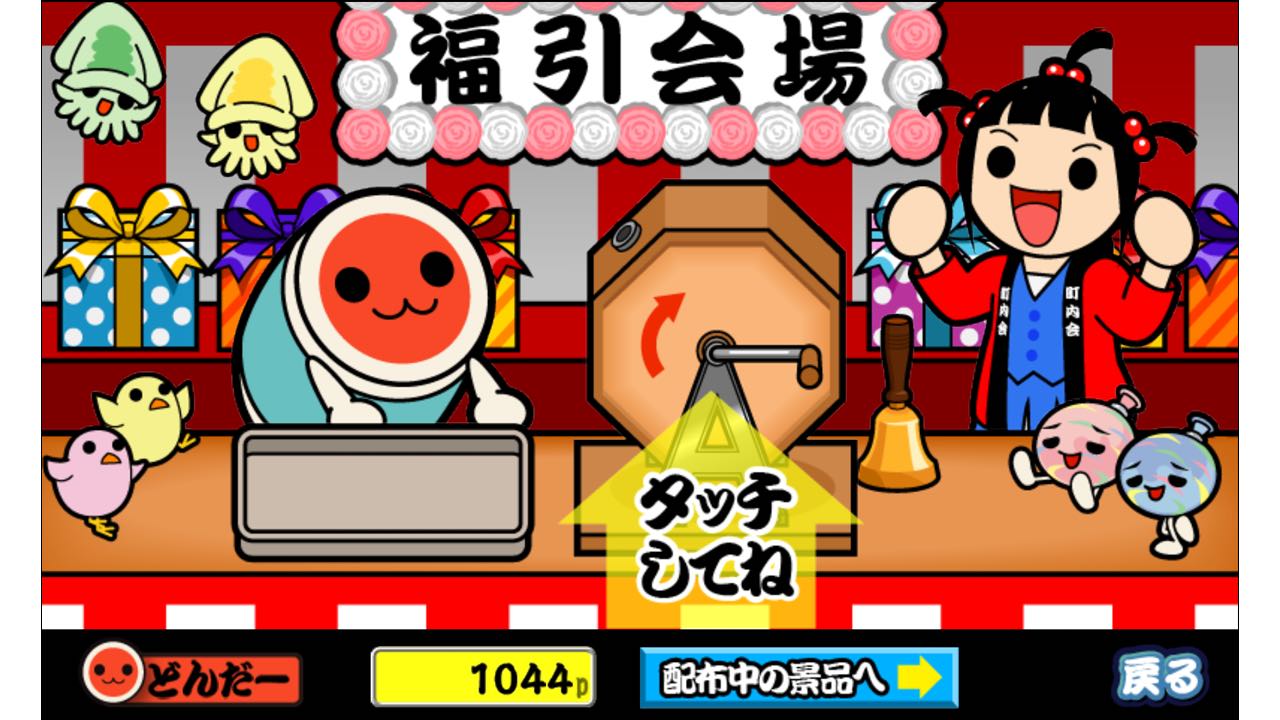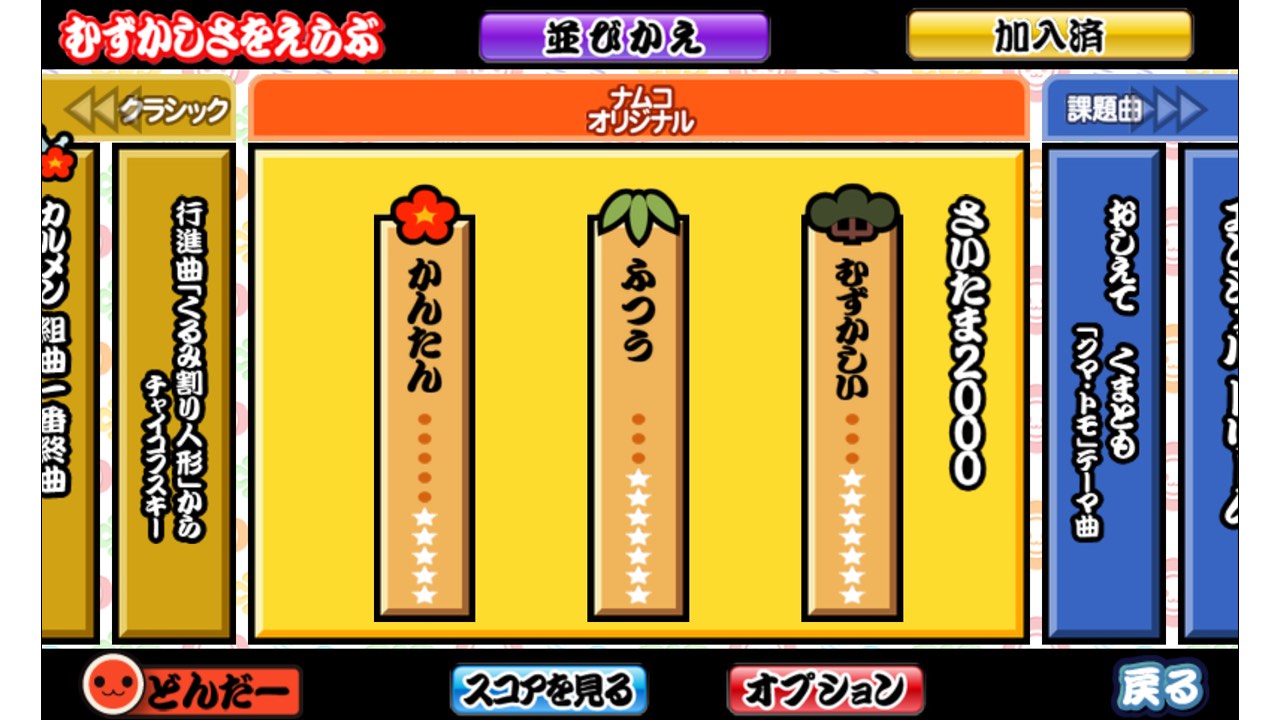Big In Japan: Taiko No Tatsujin continues to dominate
Rhythm Gaming Reigns In Japan.

In Big in Japan, we take a look at a game that is currently topping the charts in Tokyo, to see what mobile gaming looks like across the pond (and then a few more ponds).
Stating that Taiko No Tatsujin is Big In Japan this week is a little unfair. You see, it's actually been big for years.
Bandai Namco’s Taiko No Tatsujin, or Taiko Drum Master as it is known in English, is a series with an extremely long history. First released back in February 2001, the series has gone from strength to strength, dominating the Japanese arcades whilst also becoming the country’s leading rhythm based gaming series.
Nowadays the series can boast over 60 releases across arcade, console, and of course mobile platforms.

As the name implies, the series is based upon the traditional Japanese Taiko Drum, an instrument that is extremely important within Japanese culture. In fact, not only can its roots be traced all the way back to the 6th century, but the instrument is also said to have a mythological origin in Japanese folklore.
A Taiko Drum is played with two sticks which are used by musicians to beat not only the base of the Drum, but also the side, and this control is completely mirrored within Taiko No Tatsujin.
As such, this has lent itself to extremely intuitive and enjoyable gameplay that need little explanation. This is no more true than in the arcade, where players beat a replica sized Drum in time to the on screen prompts.

Nevertheless, this is all good and well in the arcades, and even on consoles where Guitar Hero style Drum controllers are supplied to the player, but how does it translate to the small screen? Well, quite easily to be honest.
In Taiko No Tatsujin Plus for iOS and Android, the on-screen prompts and overall display is near enough identical to the arcade version. However, due to the absence of a physical Drum, the bottom half of the screen is taken up by an on-screen Drum.
Through this players now have to hit the image of the Drum in order to mimic beating the base, and the empty space to the left and right to mimic hitting the side.
Of course it’s not as intuitive as literally beating a Drum, but it certainly works and can definitely be attributed to the series’ successful transition to mobile.
A transition that has also been helped by the series’ arcade gameplay. One which focuses on chasing high scores across a range of difficulty settings, and lends itself to bite-sized gaming.

The gameplay isn’t the only key to the series success though. You see, much like the Taiko Drum itself, the game’s presentation also celebrates Japan’s long and traditional history. With this portrayed through cute cartoon drawings of characters wearing traditional Japanese clothing, all along the backdrop various historical settings.
The most important aspect of the game though, is the wide and varied selection of music, something to be expected given the series’ long history.
Within Taiko No Tatsujin Plus, players will find a huge catalogue of tracks spanning genres such as J-Pop, Game Music, and Classical to name a just a few. However, in true free-to-play fashion, only a selection of these are available for free on the iOS and Android versions, with players being able to purchase further tracks through In-App Purchases.
Nevertheless, such is the popularity of Taiko No Tatsujin Plus, that recently Bandai Namco have added a range of tracks from the Japanese super boy band Exile, alongside a marketing tie-in.

This constant addition of new tracks for purchase is just another feature that has attributed to the game’s long standing success and popularity.
In fact, given that the game is still Big In Japan, it may surprise readers to learn that the game was first released all the way in back in March 2010.
In fact, in nearly 6 years on the market, the game has barely left the Japanese iOS top 100 games chart, and has only once left the top 10 in respect of music games. All proving both its dominance in the rhythm genre, and its overall popularity.

So, what are our chances of seeing the mobile instalment of this Japanese mega franchise in the West? Well, given that the game was first released in 2010, and that in over 60 releases we’ve only ever had one English release, I wouldn’t hold your breath.
Not only that, but the odds are additionally not helped by the cultural uniqueness of the gameplay, and the licensing nightmare that comes with using previously released music.
However, despite the absence of a localised version, if you want an insight into both Japanese gaming, and even Japanese culture, then look no further than Taiko No Tatsujin.
As one of Japan’s leading gaming series, and arguably the world’s leading rhythm based gaming series, you owe to yourself to give this one a go.
